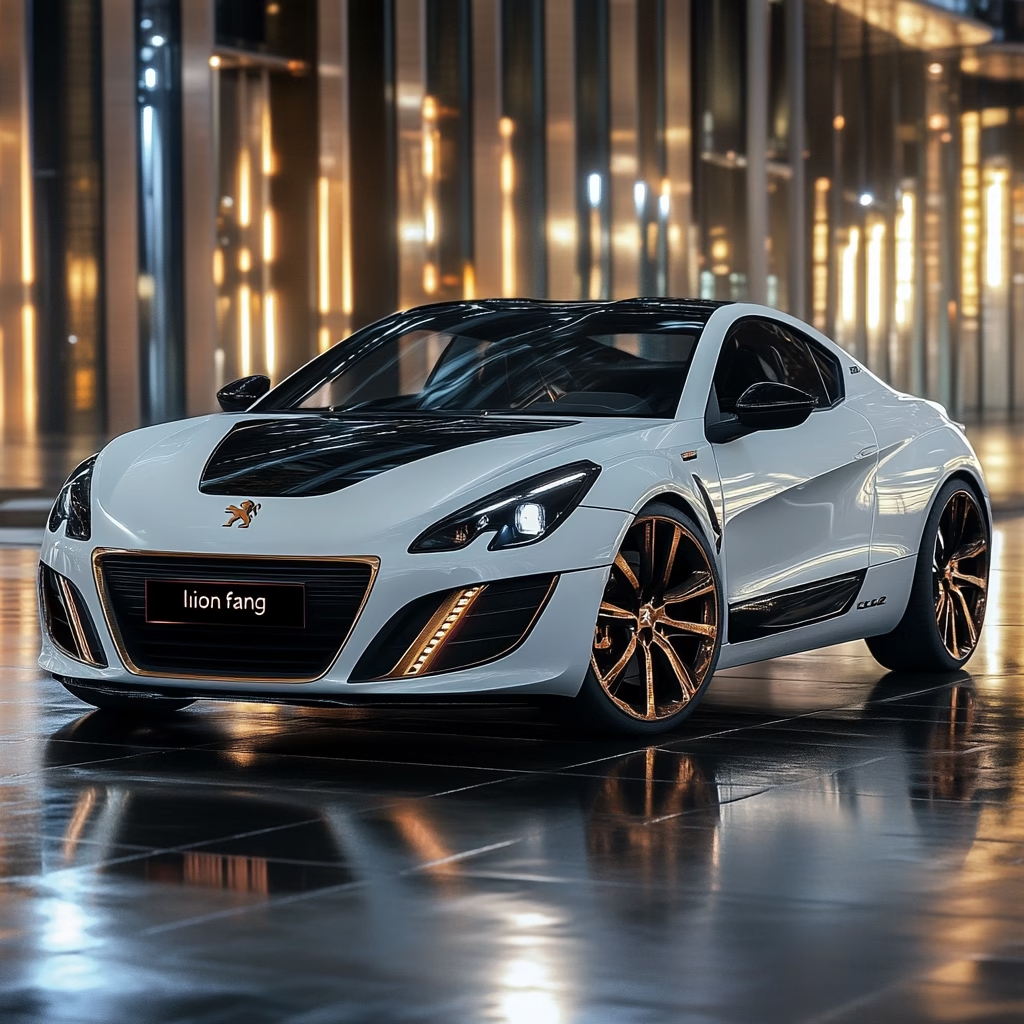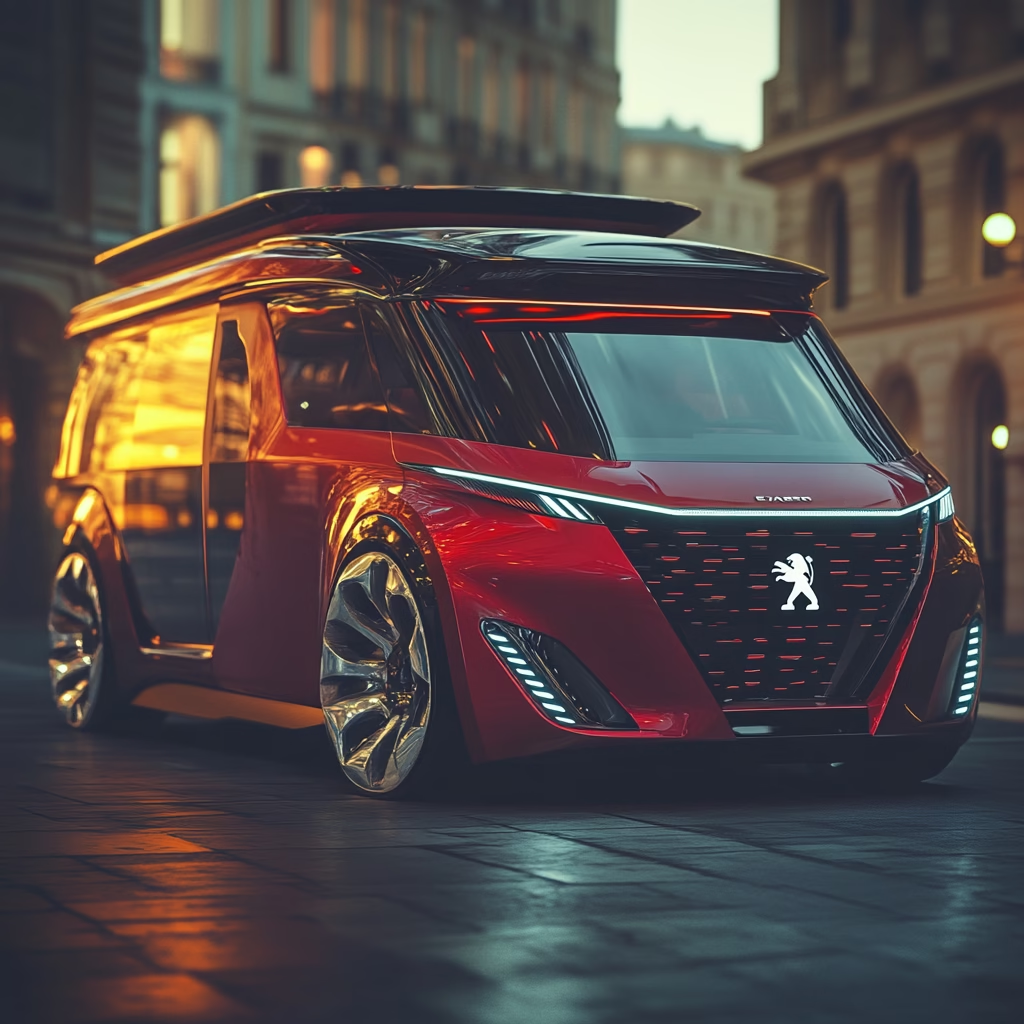In the ever-evolving landscape of automotive design, few vehicles have captured the imagination quite like the Peugeot RCZ. Now, as enthusiasts eagerly anticipate the Peugeot RCZ 2026, we explore what this revival might offer in terms of design, performance, and technology. The original RCZ, often referred to as the “French TT,” carved out a unique position in the sports coupe market between 2010 and 2015. Its return signals Peugeot’s renewed commitment to delivering driving excitement alongside their practical everyday vehicles.
The Legacy of the Original RCZ
The first-generation Peugeot RCZ became an instant design icon upon its release. With its distinctive double-bubble roof, aluminum roof arches, and flowing lines, it stood apart from its competitors. The RCZ wasn’t just about looks—it offered engaging handling and respectable performance, which earned it praise from worldwide automotive journalists.
When production ended in 2015, many wondered if we’d seen the last of this distinctive sports coupe. However, with changing market dynamics and renewed interest in distinctive vehicles that offer character alongside sustainability, the stage appears set for the Peugeot RCZ 2026 to make its triumphant return.
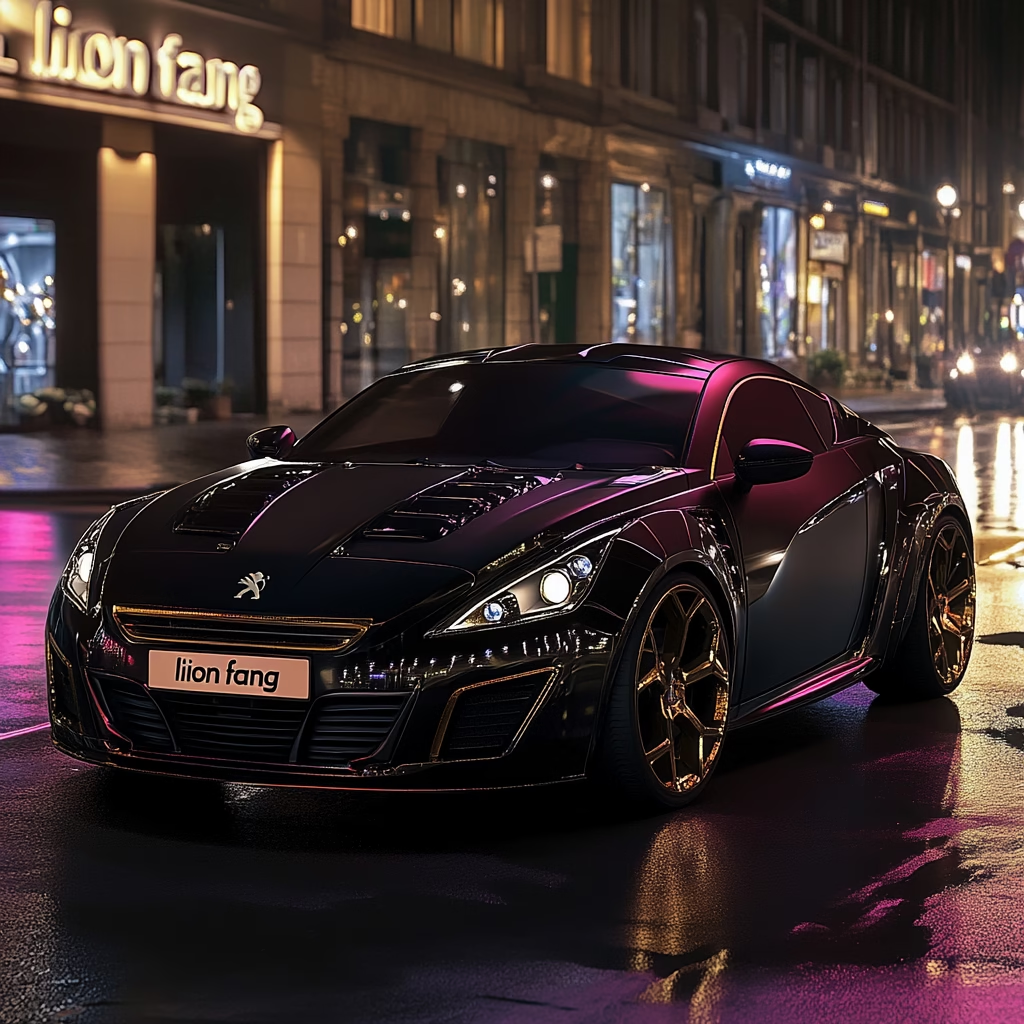
Design Evolution for the Peugeot RCZ 2026
The Peugeot RCZ 2026 is expected to honor its predecessor’s design DNA while embracing the brand’s current design language. Peugeot’s recent concept cars and production models have showcased increasingly bold and futuristic styling, with signature lighting elements and aerodynamic profiles.
Industry insiders suggest the new RCZ will retain the iconic double-bubble roof and distinctive proportions but with sharper lines and more aggressive stance. The front fascia will likely incorporate Peugeot’s latest design elements, including vertical LED daytime running lights and the brand’s new shield grille that has become a hallmark of their contemporary aesthetic.
Perhaps most importantly, the Peugeot RCZ 2026 is rumored to maintain its status as a true 2+2 coupe rather than following the crossover trend that has claimed so many sports cars in recent years. This commitment to the classic sports coupe format will undoubtedly please purists who value driving dynamics over practicality.
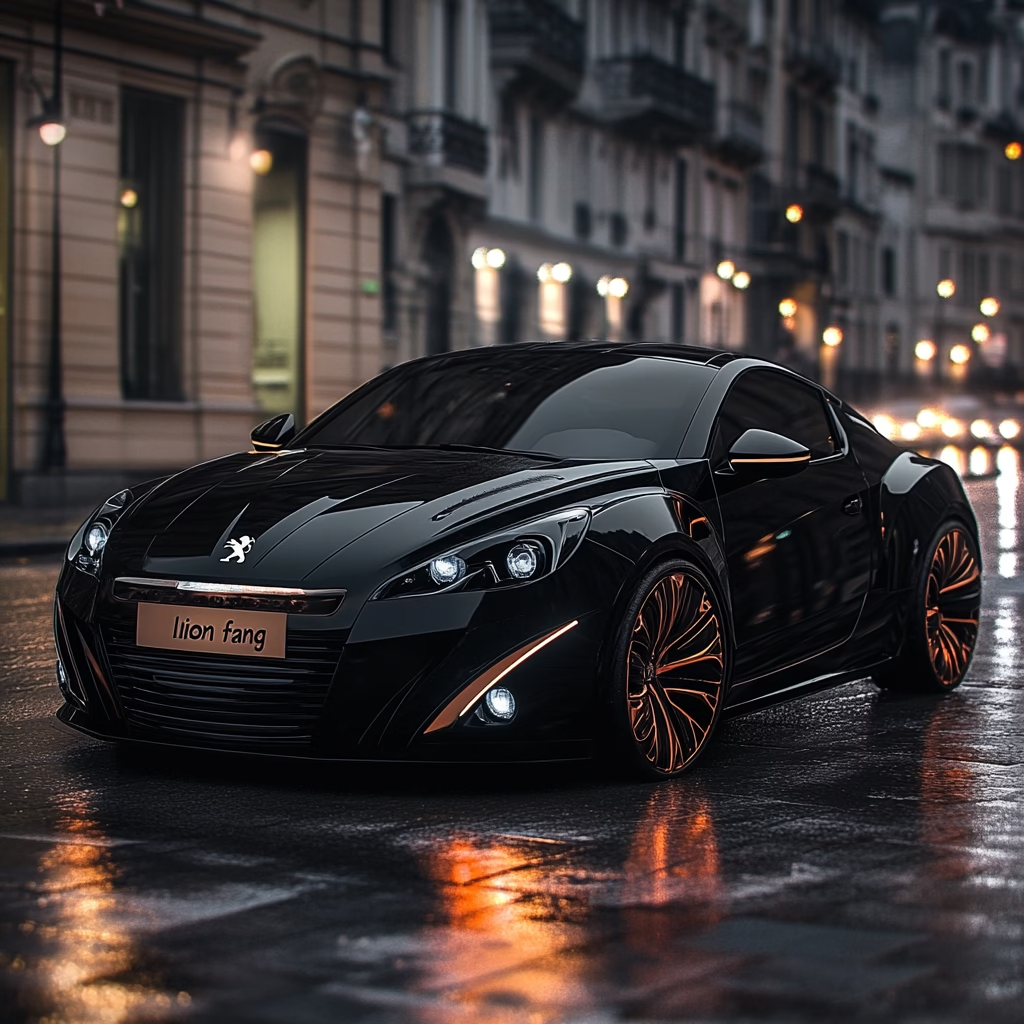
Powertrain Options: Embracing Electrification
Unlike its predecessor, which relied exclusively on internal combustion engines, the Peugeot RCZ 2026 is expected to embrace electrification as part of Peugeot’s broader shift toward sustainable mobility. Industry analysts predict several powertrain options will be available:
Hybrid Performance
The standard RCZ may feature a plug-in hybrid system combining a turbocharged 1.6-liter four-cylinder engine with an electric motor. This setup could deliver approximately 300 horsepower while significantly reducing emissions compared to traditional sports coupes. The hybrid system would likely offer a modest electric-only range for urban commuting.
Pure Electric Variant
Perhaps most exciting is the possibility of a fully electric RCZ variant. Using the advanced platform technology being developed across the Stellantis group, this version could feature dual electric motors providing all-wheel drive capability and impressive acceleration. Range anxiety—once the Achilles heel of performance EVs—should be less of a concern with the latest battery technology offering potential ranges of over 300 miles on a single charge.
Traditional Combustion Option
For markets where charging infrastructure remains limited, a traditional combustion engine option may remain available, likely featuring mild hybridization to meet increasingly stringent emissions regulations while still delivering the engaging driving experience expected from the RCZ nameplate.
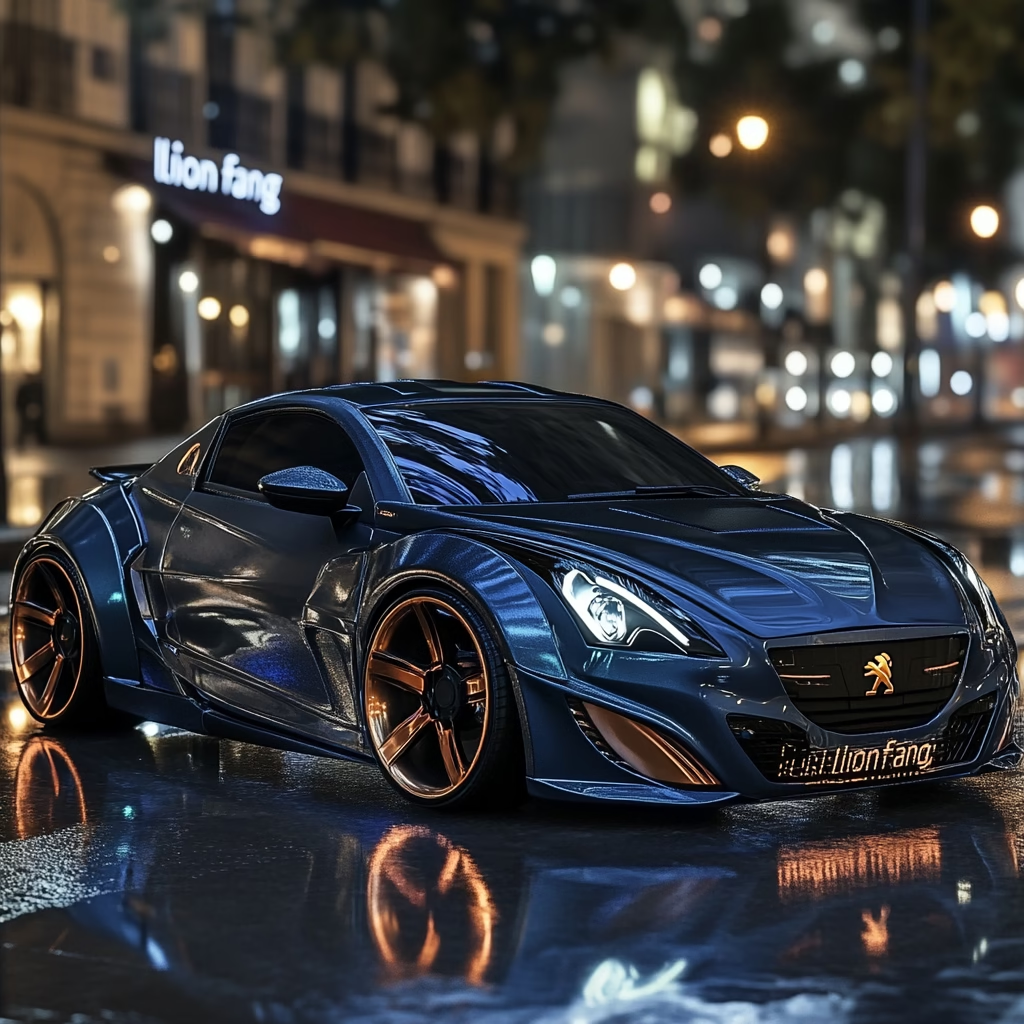
Chassis and Handling: The Soul of a Sports Car
The original RCZ earned respect for its handling capabilities, and the Peugeot RCZ 2026 is expected to build upon this foundation. With the benefit of modern chassis technology and the lower center of gravity afforded by battery placement in electrified versions, the new model could offer even more impressive dynamics.
Adaptive suspension will likely be standard on higher-trim models, allowing drivers to select between comfort-oriented and sport-focused settings. The steering system is expected to employ variable ratio technology, providing both low-speed maneuverability and high-speed stability.
Weight management will be crucial, particularly for electrified variants that must contend with the additional mass of battery systems. Extensive use of aluminum, high-strength steel, and composite materials throughout the structure should help keep the Peugeot RCZ 2026 nimble and responsive.
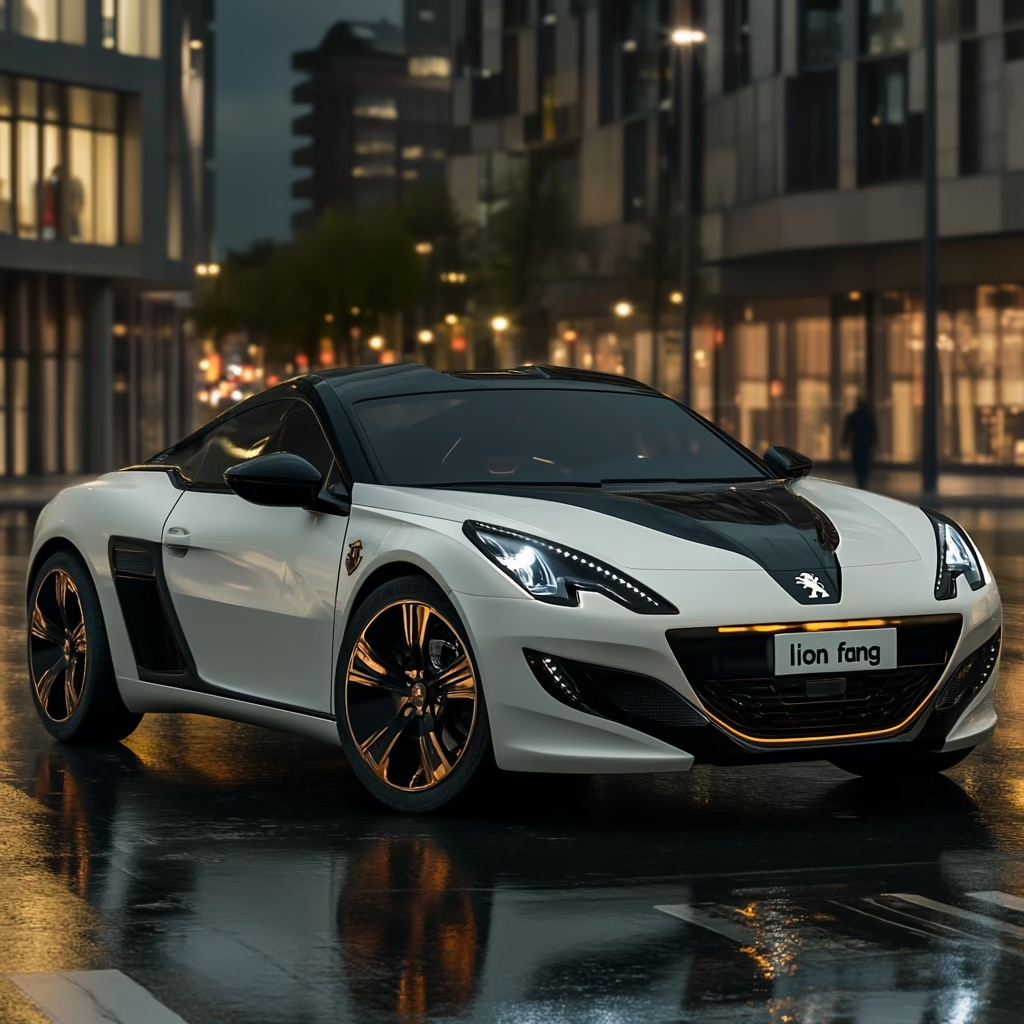
Interior: Digital Luxury with a Driver Focus
Inside, the Peugeot RCZ 2026 will likely showcase the next evolution of Peugeot’s i-Cockpit philosophy, which places emphasis on a driver-centric layout with a compact steering wheel and elevated instrument cluster. This arrangement has become a signature element across Peugeot’s range and would be particularly appropriate in a driver-focused sports coupe.
Material quality is expected to take a significant step forward from the original RCZ, with sustainable fabrics and recycled materials playing a prominent role alongside traditional luxury elements. The interior design will likely balance futuristic technology with classic sports car elements:
- A fully digital instrument cluster with customizable displays
- Augmented reality head-up display system
- Central touchscreen with haptic feedback
- Physical controls for key driving functions
- Sports seats with integrated headrests
- Ambient lighting that adapts to driving modes
Despite its compact dimensions, clever packaging should ensure the Peugeot RCZ 2026 offers reasonable accommodation for front passengers, with rear seats suitable for occasional use or additional storage—a pragmatic approach for a vehicle in this segment.
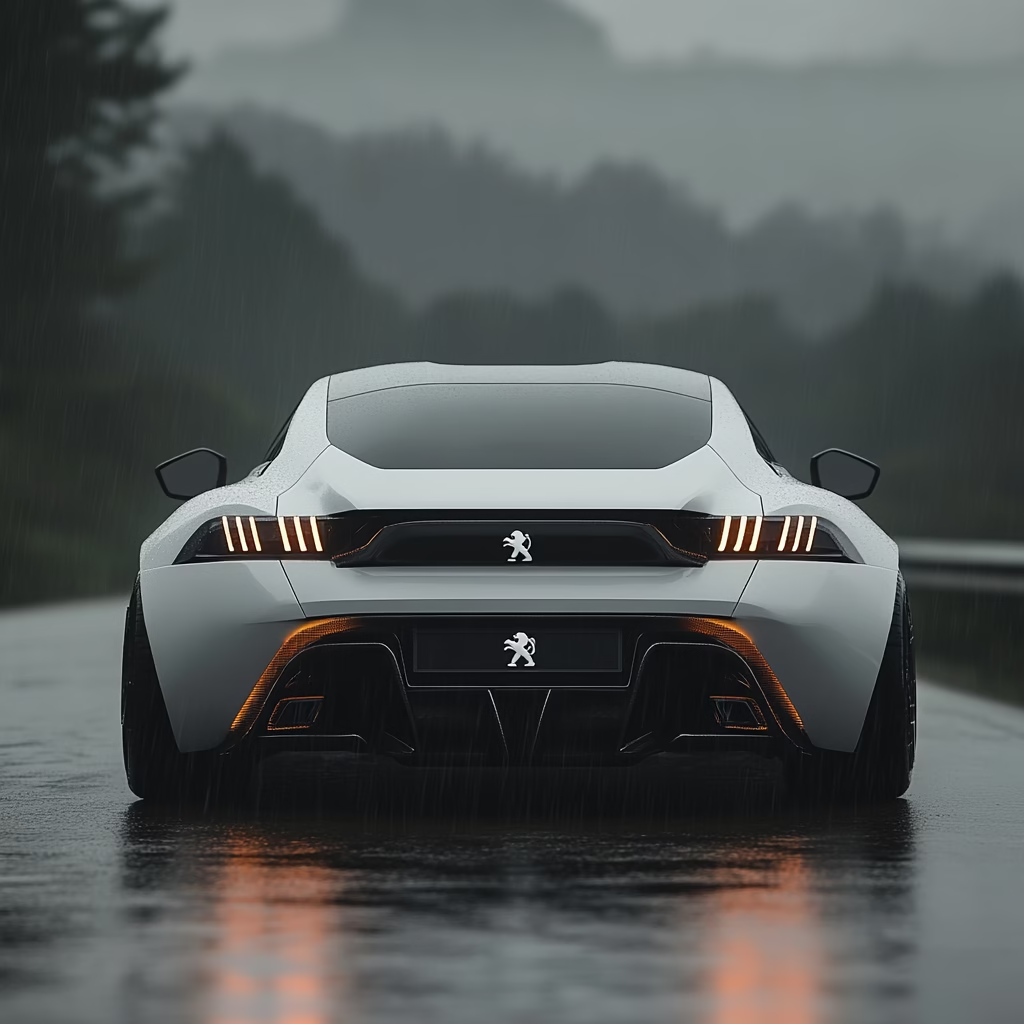
Connected Technology for the Modern Driver
The technology package of the Peugeot RCZ 2026 will reflect its position as a flagship for the brand’s sporting aspirations. Connectivity features will include:
- Advanced driver assistance systems with Level 2+ autonomous capabilities
- Sophisticated infotainment with natural voice recognition
- Over-the-air updates to continuously improve vehicle performance
- Smartphone integration with remote monitoring and control
- Performance telemetry for track day enthusiasts
For the electric variant, additional features would likely include intelligent route planning with charging station integration and battery preconditioning to optimize both performance and range.

Market Positioning and Competition
The Peugeot RCZ 2026 will enter a market that has seen many traditional sports coupes disappear, replaced by performance-oriented crossovers. By maintaining the true coupe format, Peugeot is making a bold statement about the enduring appeal of purpose-built sports cars.
Key competitors will likely include the next-generation Audi TT (if Audi reverses its decision to discontinue the model), Alpine A110 successor, and potentially electric sports cars from emerging brands. The RCZ’s unique combination of distinctive styling, electrified performance, and the cachet of its French design heritage should carve out a compelling niche.
Pricing will be crucial to the model’s success. While positioned as a premium offering, the Peugeot RCZ 2026 will need to maintain reasonable accessibility to achieve meaningful sales volumes. A starting price point below more exotic offerings but above mainstream sports cars would position it in an attractive middle ground for enthusiasts seeking something special without venturing into supercar territory.
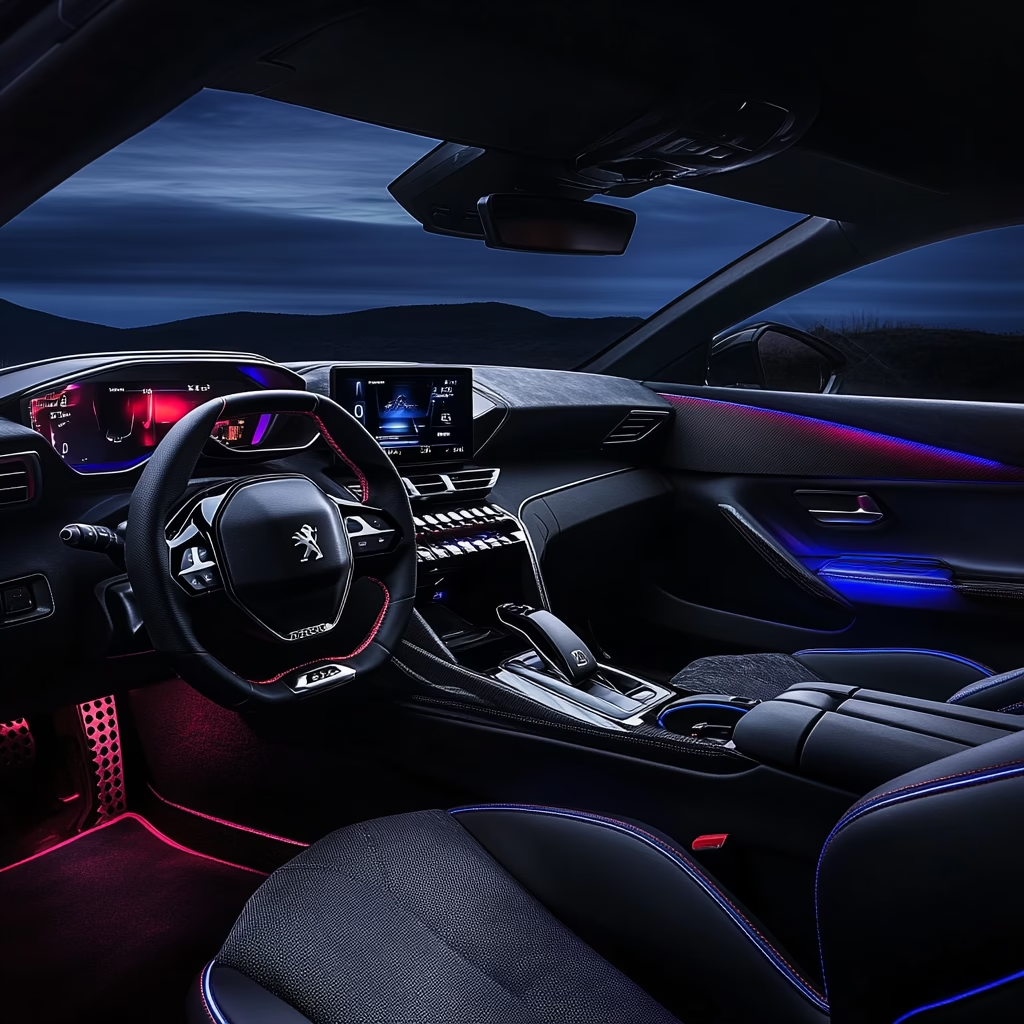
Production and Availability
Production of the Peugeot RCZ 2026 is expected to take place at one of Stellantis’s advanced manufacturing facilities in Europe, possibly the Mulhouse plant in France where the original RCZ was built. Limited initial production runs might create exclusivity and help gauge market response before ramping up to full production capacity.
Global availability will likely be broader than the original RCZ, with markets in Europe, Asia, and potentially North America if Peugeot proceeds with its long-rumored return to the United States market. The electric variant might be prioritized for regions with well-developed charging infrastructure and strong EV incentives.
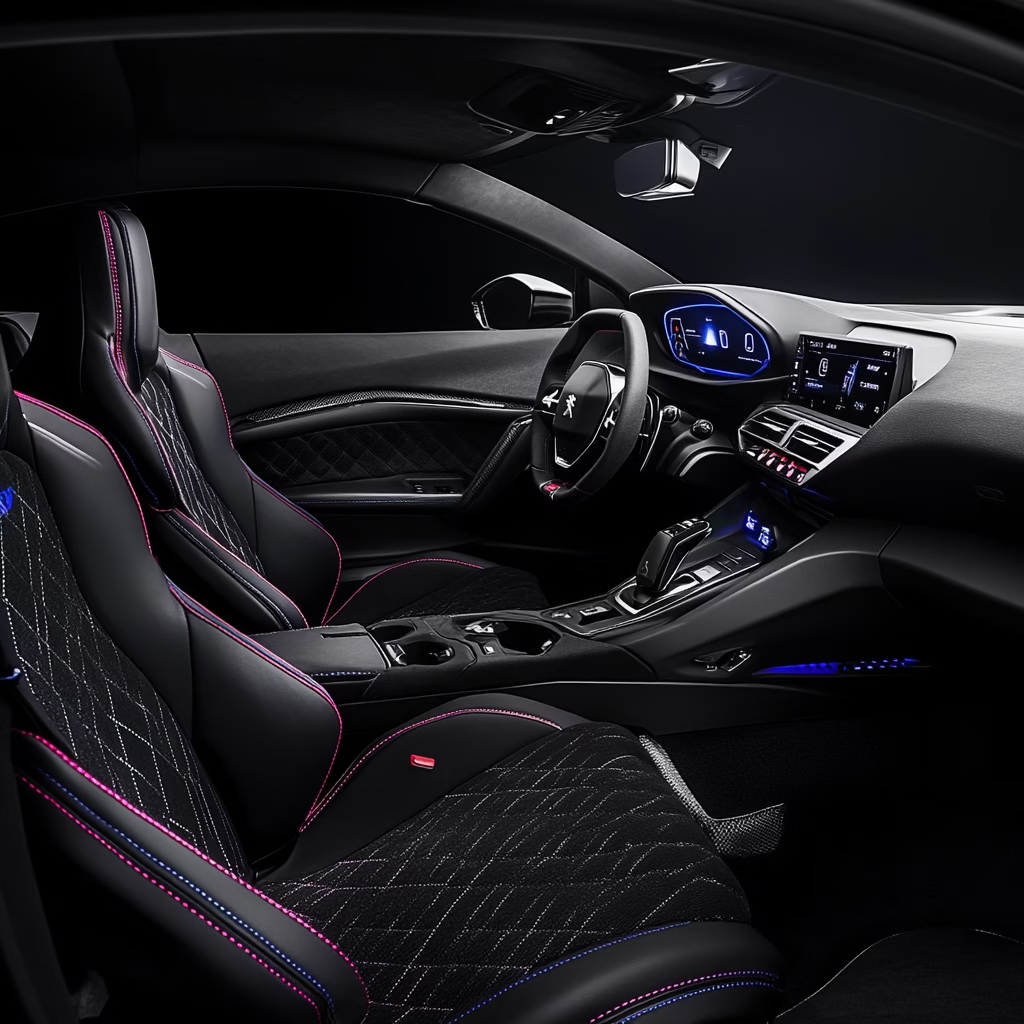
The Future of the Sports Coupe
The return of the Peugeot RCZ 2026 represents more than just another model in the lineup—it symbolizes faith in the enduring appeal of driver-focused vehicles even as the industry undergoes its most significant transformation in a century. By embracing electrification while maintaining the essence of what made the original RCZ special, Peugeot has the opportunity to create a modern classic that bridges past and future.
For enthusiasts who value distinctive design, engaging dynamics, and the emotional connection that comes from driving something special, the Peugeot RCZ 2026 promises to deliver an experience increasingly rare in today’s homogenized automotive landscape. As we await more concrete details about this exciting model, one thing seems certain: the spirit of the sports coupe lives on, evolving rather than disappearing in our electrified future.
Whether you’re a longtime RCZ fan or simply someone who appreciates automotive design at its most expressive, the Peugeot RCZ 2026 represents a compelling vision of how heritage and innovation can combine to create something truly memorable. The return of this modern classic couldn’t come at a better time for drivers seeking something beyond the ordinary.


